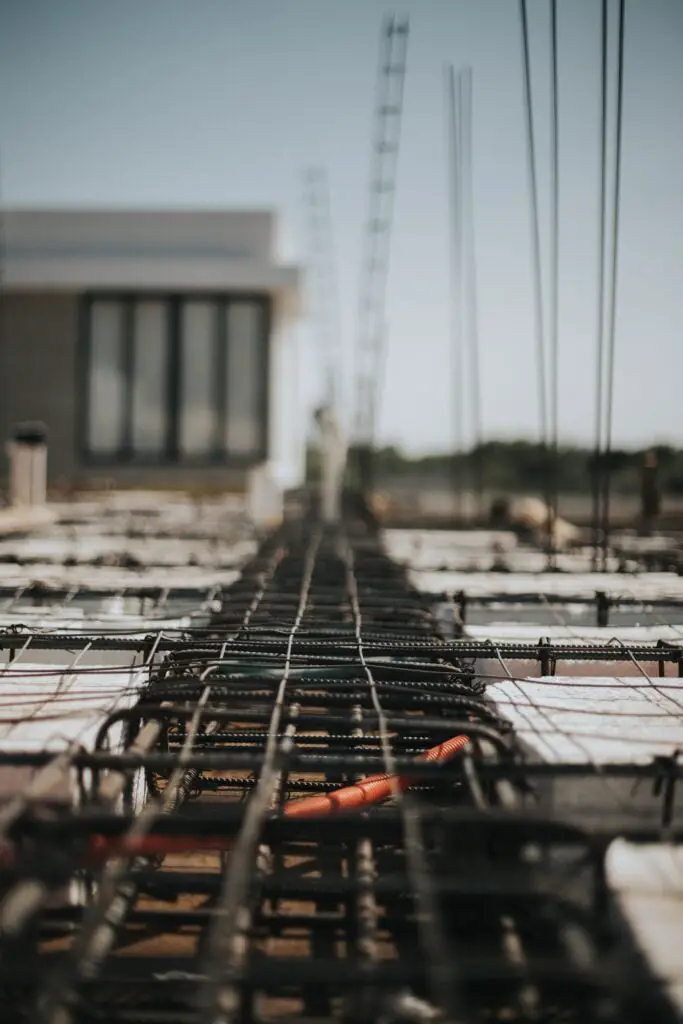The Philippines, a nation situated along the Pacific Ring of Fire, is no stranger to seismic activities.
The archipelago is constantly exposed to the threat of earthquakes due to the movement of tectonic plates beneath its islands. In order to mitigate the potential impact of these seismic events, building a robust seismic investigation infrastructure becomes imperative.
However, the process is fraught with numerous challenges that stem from a combination of geographical, economic, and logistical factors.
- Geological Complexity: The Philippines is characterized by a complex geological structure with multiple fault lines running through its islands. Understanding and mapping these fault lines is crucial for effective seismic investigation. However, the diversity in geological formations poses a significant challenge in creating comprehensive seismic models, making it difficult to predict the behavior of earthquakes accurately.
- Funding Constraints: Establishing a state-of-the-art seismic investigation infrastructure demands substantial financial investments. Unfortunately, the Philippines, like many developing nations, faces budgetary constraints. Allocating funds for advanced equipment, research facilities, and skilled personnel is often a daunting task. Limited resources hinder the ability to implement cutting-edge technologies necessary for accurate seismic monitoring and prediction.
- Public Awareness and Preparedness: The success of any seismic investigation infrastructure relies heavily on public awareness and preparedness. Despite the country’s vulnerability to earthquakes, there is often a lack of awareness among the general population regarding the risks and necessary precautions. Building a resilient infrastructure requires simultaneous efforts in educating the public and fostering a culture of preparedness.
- Logistical Challenges: The archipelagic nature of the Philippines poses logistical challenges in the deployment and maintenance of seismic monitoring stations across remote and inaccessible regions. Ensuring a comprehensive and evenly distributed network of monitoring stations is essential for accurate data collection. However, reaching distant and geographically challenging areas can be a logistical nightmare.
- Capacity Building and Expertise: Developing and maintaining a skilled workforce in the field of seismology and earthquake engineering is vital. Capacity building initiatives, including training programs and educational resources, are essential to nurture a pool of experts capable of managing and advancing the seismic investigation infrastructure. The lack of local expertise often results in a dependence on foreign assistance, which may not be sustainable in the long run.
- Inter-Agency Coordination: Effective seismic investigation involves close collaboration between various government agencies, research institutions, and international organizations. Establishing seamless communication and coordination among these entities is crucial for timely data exchange, risk assessment, and the development of cohesive strategies for earthquake preparedness and response.
- Technological Advancements: The rapid evolution of technology presents both opportunities and challenges. While advanced seismic monitoring technologies offer more accurate and timely data, keeping up with these technological advancements requires constant upgrades and investments. Balancing the adoption of cutting-edge technologies with the associated costs remains a persistent challenge for seismic investigation initiatives.
Conclusion:
Building a robust seismic investigation infrastructure in the Philippines is a multifaceted challenge that requires a concerted effort from government bodies, the scientific community, and the public.
Overcoming these challenges demands strategic planning, financial commitment, public engagement, and collaboration at both national and international levels.
The pursuit of a resilient seismic investigation infrastructure is not just a technical endeavor; it is a commitment to the safety and well-being of the Filipino people in the face of a constant and formidable natural threat.
To see other material construction prices, please see here.
To know other construction guides, tips, and methodology for beginners, veterans, and contractors, please see here.

